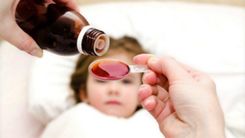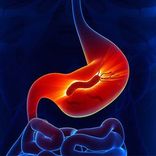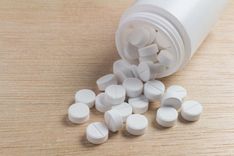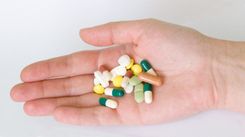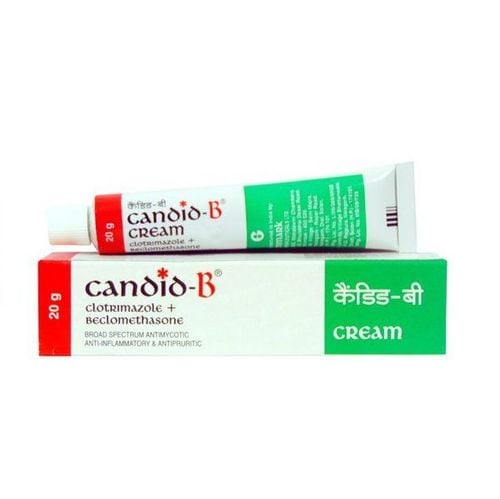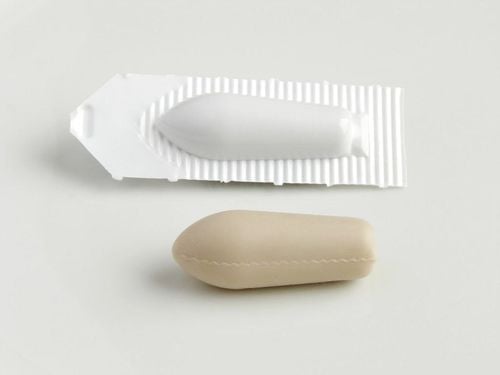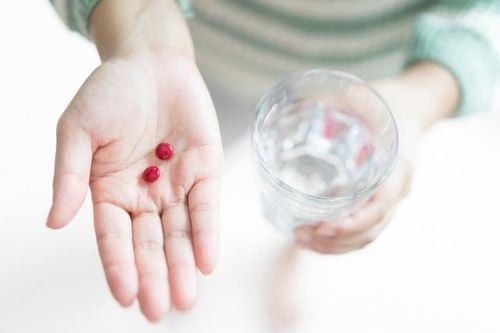Terbisil is used in the treatment of certain fungal infections such as nail fungus, skin fungus, and systemic fungal infections. So, what is the effect of Terbisil and how is it used?
1. What is Terbisil?
Terbisil is an antifungal medication, with each 250mg tablet containing the active ingredient Terbinafine 250mg. Terbinafine is an allylamine with a broad spectrum of antifungal activity. It acts on the synthesis of sterols in fungi at an early stage. Therefore, Terbisil causes the destruction of fungal cells.
Depending on the concentration of Terbinafine or the type of fungus, this active ingredient may kill or inhibit the growth of fungi. In general, when using Terbisil 250mg orally, the medication has a fungicidal effect.
Terbisil is indicated for the following conditions:
- Nail fungus caused by dermatophytes.
- Scalp fungus.
- Systemic fungus, groin fungus, athlete's foot, and yeast infections on the skin, mainly caused by the Candida species (Candida albicans).
Note: Terbisil is not effective in the treatment of pityriasis versicolor caused by Pityrosporum orbiculare.
Terbisil is contraindicated in the following cases:
- People who are hypersensitive to the active ingredient or any excipient of the drug.
- People with chronic or acute liver disease.
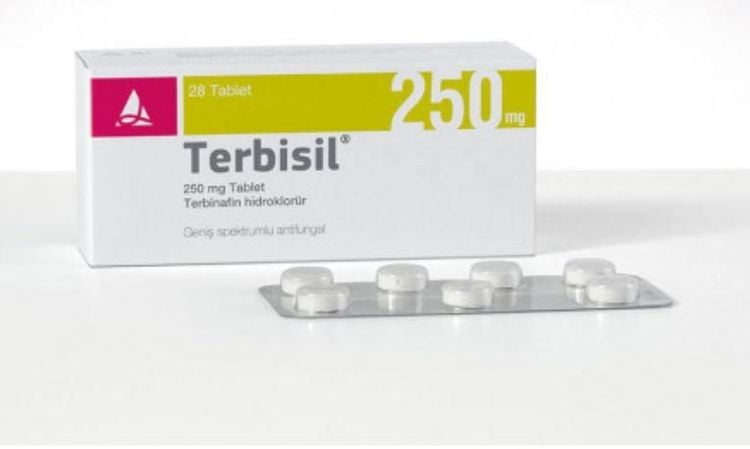
2. Dosage and How to Use Terbisil
Terbisil is taken orally. Patients should take Terbisil on an empty stomach or after a meal with a small amount of water, without chewing or crushing the tablet. It is best to take the medicine at the same time each day.
The adult dosage for Terbisil is 250 mg once a day. The duration of treatment depends on the severity of the fungal infection.
- Nail Fungus: The typical treatment duration is 6 - 12 weeks. In some cases, especially if the nail grows slowly, longer treatment may be required.
- Skin Fungus: Athlete's foot (between toes, foot, side of the foot): 2 - 6 weeks; Systemic fungus: 2 - 4 weeks; Candida skin infections: 2 - 4 weeks. Clinical symptoms of fungal infection may persist for a few weeks after treatment.
- Scalp Fungus usually occurs in children and treatment lasts about 4 weeks.
Children over 2 years old generally tolerate Terbisil well.
There is no research on the use of Terbisil in children under 2 years old (or under 12kg).
- Children < 20kg: Terbisil should only be used when there is no alternative treatment and if the benefits outweigh the potential risks.
- Children 20 - 40kg: Use a dose of 1/2 Terbisil tablet (125 mg terbinafine) once a day.
- Children > 40kg and adolescents: Use 1 Terbisil tablet (250 mg Terbinafine) once a day.
In case of overdose, you may experience headaches, nausea, and epigastric pain. In this case, activated charcoal should be used to remove the excess drug, and symptomatic treatment may be needed.
If you forget a dose of Terbisil, take it as soon as you remember. However, if it is near the time for the next dose, skip the missed dose and continue with the next dose as scheduled. Do not double the prescribed dose.
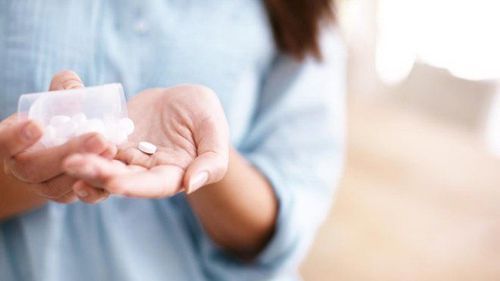
3. Side Effects of Terbisil
Common side effects of Terbisil include:
- Loss of appetite.
- Headache, decreased or disturbed sense of taste, dizziness.
- Visual impairment.
- Digestive disorders with symptoms such as bloating, indigestion, nausea, vomiting, abdominal pain, diarrhea.
- Rash, hives.
- Joint pain, muscle pain.
- Fever, fatigue.
Less common side effects of Terbisil include:
- Anemia.
- Depression.
- Paresthesia, reduced sensation.
- Tinnitus.
- Hepatitis, increased liver enzymes, liver dysfunction, jaundice.
- Skin and subcutaneous tissues: Photosensitivity.
Rare side effects of Terbisil include:
- Neutropenia, granulocytopenia, aplastic anemia, thrombocytopenia.
- Pseudoanaphylaxis (including angioedema), lupus erythematosus.
- Anxiety.
- Stevens-Johnson syndrome, toxic epidermal necrolysis.
Other side effects of Terbisil include:
- Anaphylactic reactions, serum sickness.
- Reduced or loss of sense of smell.
- Blurred vision.
- Hearing loss.
- Pancreatitis.
- Drug-induced rash.
- Rhabdomyolysis.
- Flu-like symptoms.
If you experience any side effects from Terbisil, discontinue use and consult your doctor or visit the nearest healthcare facility for timely treatment.
Terbisil is used in the treatment of certain fungal infections such as nail fungus, skin fungus, and systemic fungal infections. To ensure effective treatment and avoid side effects, patients should use the medication as prescribed by a doctor or pharmacist.
Follow the website of Vinmec International General Hospital for more information on health, nutrition, and beauty to protect your health and the health of your loved ones.
To arrange an appointment, please call HOTLINE or make your reservation directly HERE. You may also download the MyVinmec app to schedule appointments faster and manage your reservations more conveniently.
